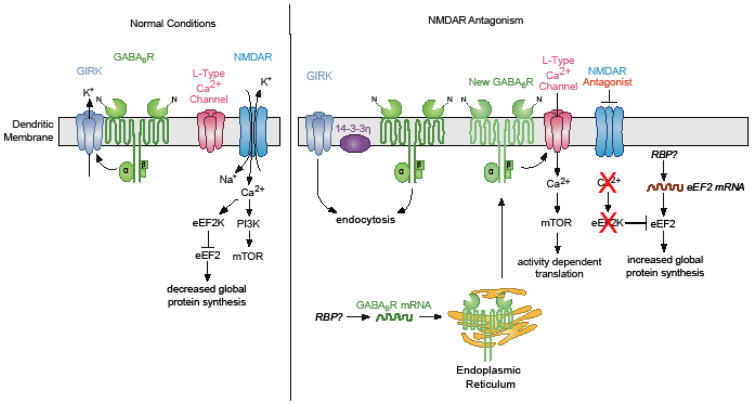Figure 2. Cartoon describing molecular pathways triggered by NMDAR antagonists.
(left panel) Activation of GABABRs signal to open GIRK channels reducing dendritic calcium levels. Calcium entry through NMDARs activates the translation elongation factor kinase eEF2K that in turn phosphorylates eEF2, inhibiting global translation. (right panel) In the presence of NMDAR antagonists GABABR signaling shift to facilitating L-type calcium channel activity and activates mTOR-dependent protein synthesis. This requires the protein synthesis and insertion of new GABABRs into the dendritic membrane. What RNA binding protein (RBP) mediates GABABR mRNA repression (left) and or translation (right) is an open question. In addition, Reduced NMDAR signaling to eEF2K increases the activity of eEF2 allowing for global translation. eEF2 protein expression increases when mTOR activity is reduced. If new eEF2 mRNA translation and the RBPs that regulate its expression is unknown.

